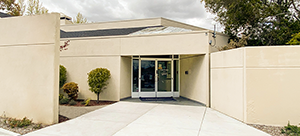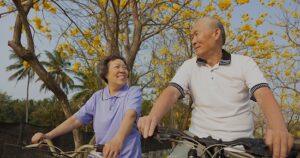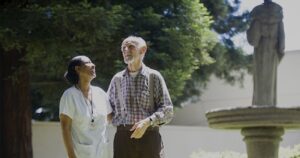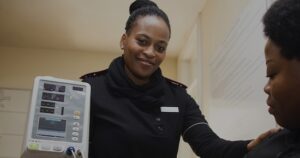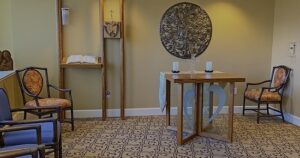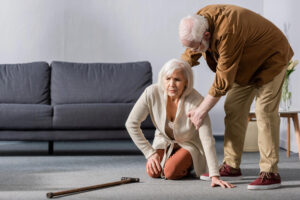No matter how old you are, we all know that physical activity is the key to remaining strong and healthy. But for older adults, the stakes are higher.
Seniors can experience benefits like improved immune and digestive functioning, better bone density, and a lower risk of Alzheimer’s, osteoporosis, and certain types of cancer. Besides that, physical activity for older adults enhances mobility, flexibility, and overall balance. In short, older adults can benefit from exercise by staying healthier and independent longer.
In general, it’s safe for most adults older than 65 to exercise in some capacity. In addition, seniors with chronic illnesses such as heart disease, high blood pressure, diabetes, and arthritis can safely begin a physical activity regimen with the right exercises for older adults.
How Much Physical Activity Does an Older Adult Need?
The Centers for Disease Control (CDC) recommends adults 65 and older get at least 150 minutes a week of moderate-intensity activity. This recommended amount is the same for seniors who have chronic illnesses as well. A good way to split up that time would be being active for 30 minutes a day for 5 days a week.
Moderate intensity activity could include:
- Brisk walking
- Water aerobics
- Bike riding
- Dancing
- Mowing the lawn
- Hiking
A good rule of thumb to gauge whether or not you’re working at a moderate intensity level is to check your breathing. Moderate intensity means that you’re working hard enough to raise your heart rate and break a sweat, but you shouldn’t have enough breath to sing your favorite song while doing it.
The U.S. Department of Health and Human Services also recommends adding strengthening activities that engage all major muscle groups at least twice a week. This could mean lifting weights and working with resistance bands or being intentional about your chores like carrying heavy shopping bags or digging or shoveling while gardening.
Finally, for older adults who are at risk for falls, it’s important to add some balancing exercises to the routine. These can be as elaborate as Tai Chi or as simple as walking heel to toe along a straight line. Balancing exercises are going to improve your stability and keep your risk of falling lower.
How to Begin Physical Activity
If you’ve been a couch potato for most of your adult years, don’t fret. It’s never too late to start adding some activity into your day to improve your health and strength.
To safely transition into a more active lifestyle, older adults should:
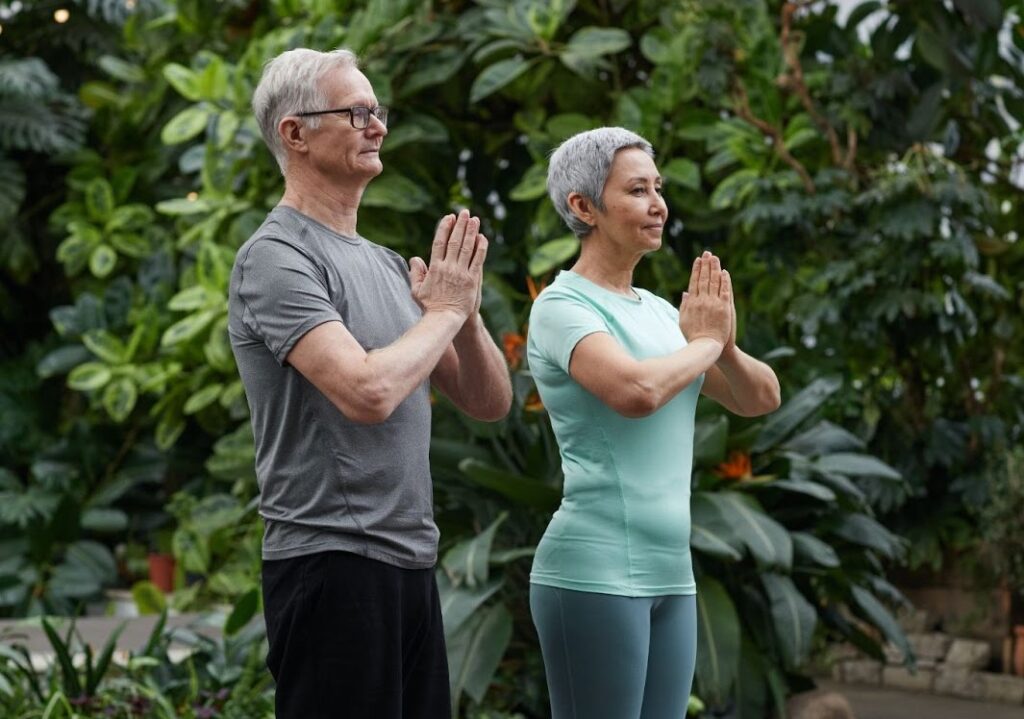
- Start Slowly
You have to start somewhere and to stay safe and reduce the risk of injury, you need to start slowly. Overdoing it can lead to injury, which quickly leads to quitting. Therefore, start small and work your way steadily toward your 150 minutes a week goal.
- Set Fitness Goals
Goal setting is helpful when it comes to improving your physical fitness because it helps keep you motivated. Goals are most helpful when they’re specific, realistic, and important to you personally.
Set a few short-term and long-term goals to help you feel accomplished sooner and to help you have something to work towards. A short-term goal could be goals to get you started, such as “By the end of the week, I will find an exercise class in my area.” The long-term goals could include bigger objectives such as “I want my blood pressure to be lower in 6 months.”
- Create an Exercise Plan
If you’re a planner, planning out your regimen will help keep you accountable for the goals you’re trying to achieve. Since you’re starting slowly, make sure your plans reflect that. Perhaps the first week you are active, you can plan on a couple of days of activity. Then, as your plan stretches out, start adding in the extra minutes in your strengthening exercises and your balancing activities.
- Consult the Professionals
Before jumping into any exercise regimen, you should first talk to your doctor about what you want to accomplish. Your doctor is familiar with your personal history and physical condition, so they are a good source of information and advice on starting your physical activity and keeping a healthy diet to go with it.
Whether your goal is to prevent serious illness from creeping in or feel more energized, making sure you stay physically active is the best place to begin.
At Elder Care Alliance, we value safety in all of our communities. Our homelike amenities support quality of life while freeing residents from the worries of home maintenance. Each Elder Care Alliance community reflects the neighborhood in which it’s situated by ensuring all the familiar comforts of home are made available to residents and their loved ones. So if you or a loved one are looking for a safe, comfortable living space, contact us today to learn more about our communities where older adults flourish.









